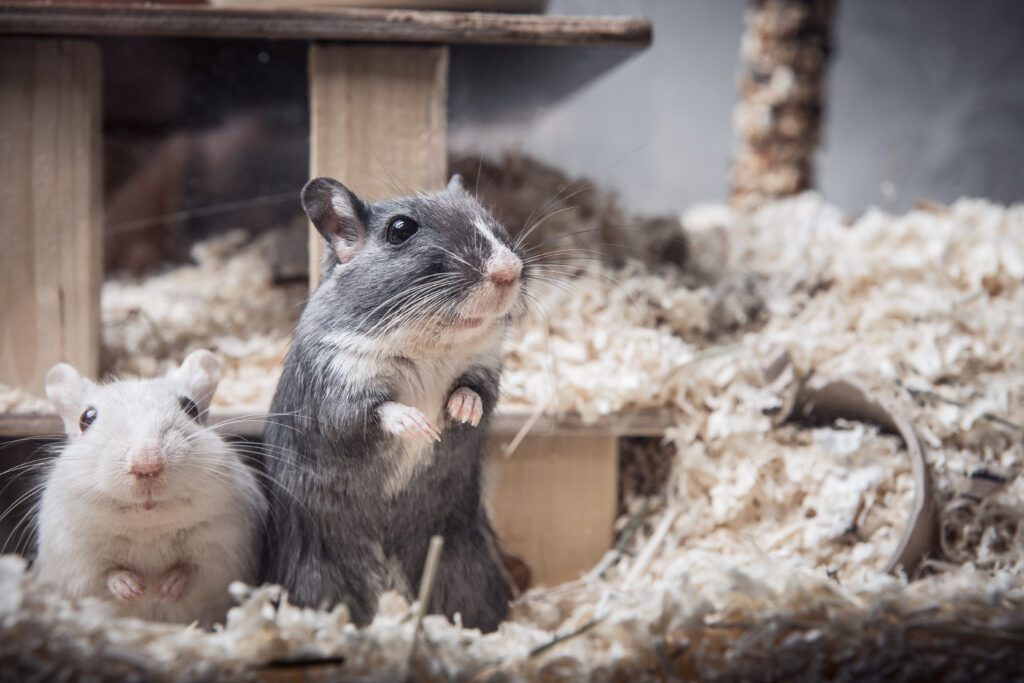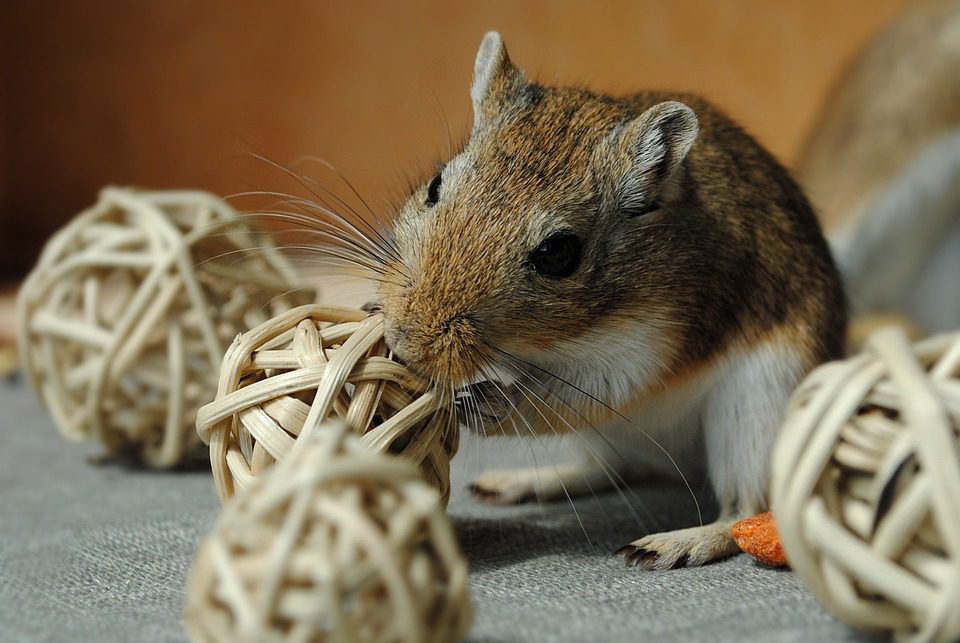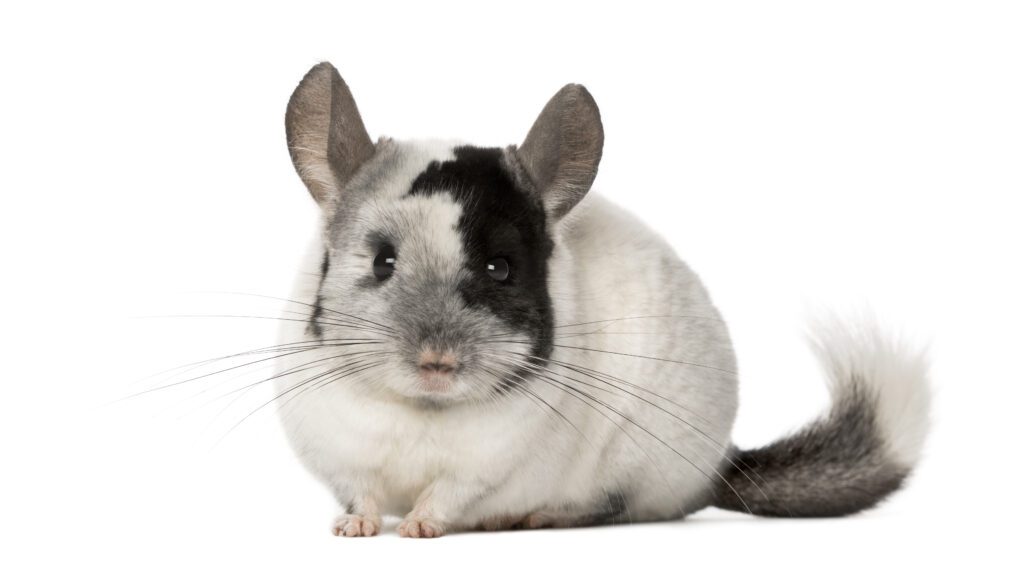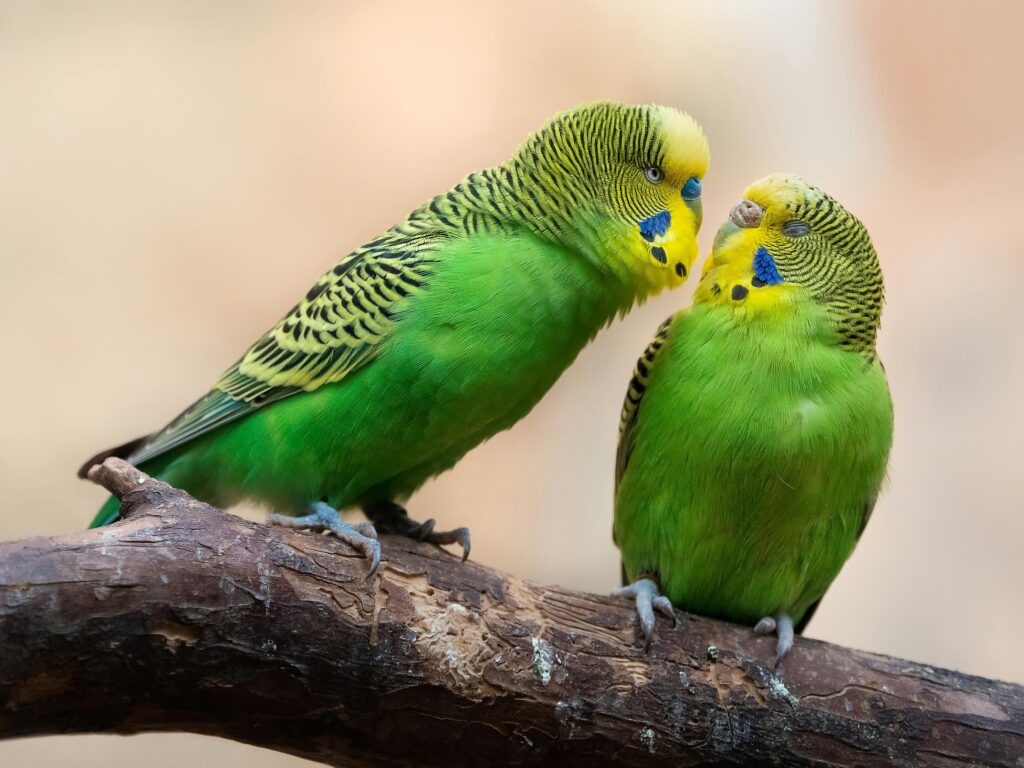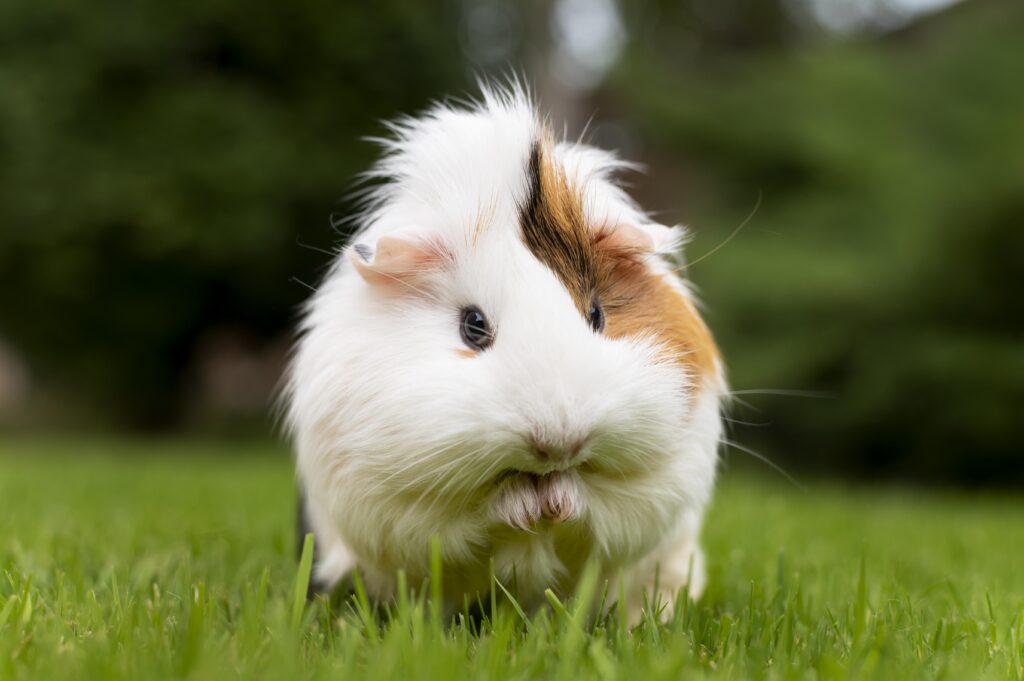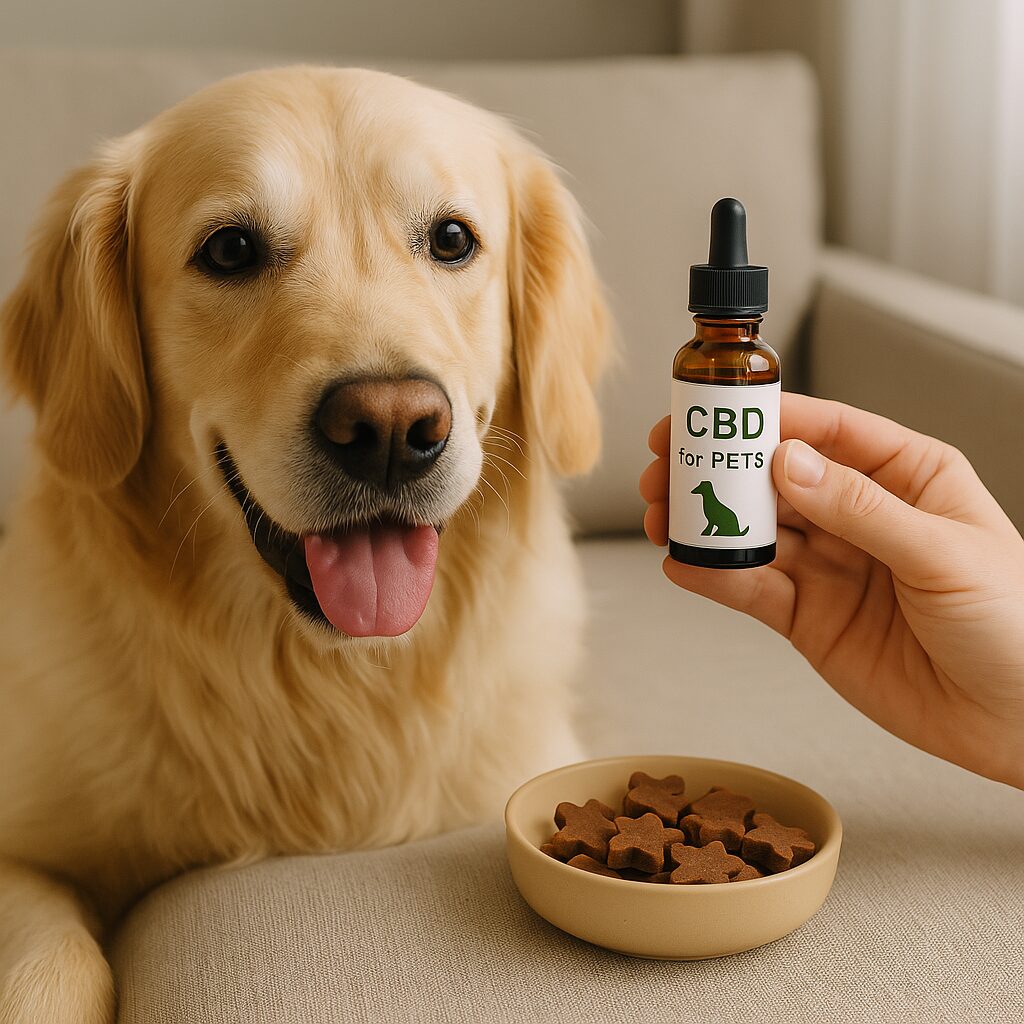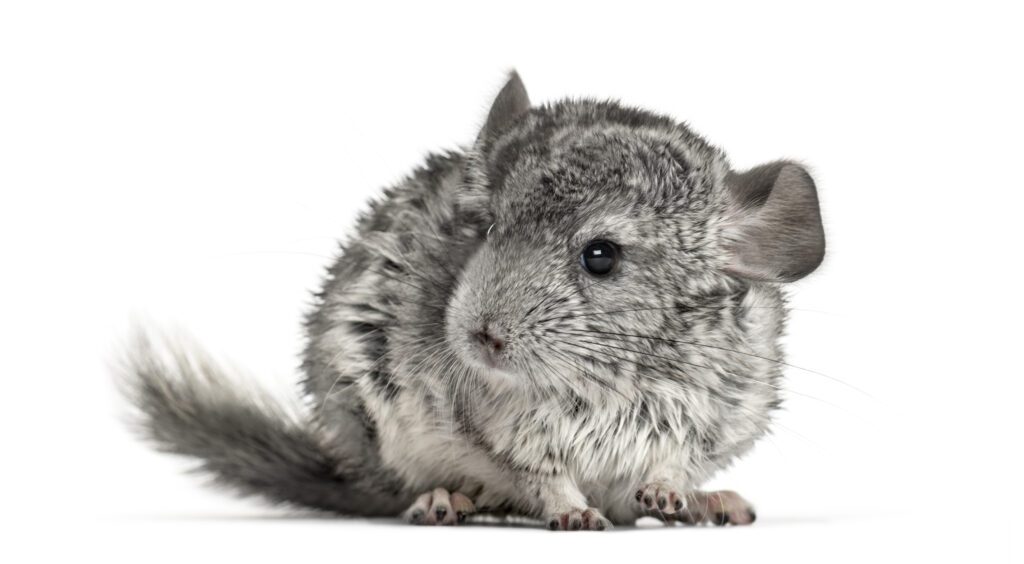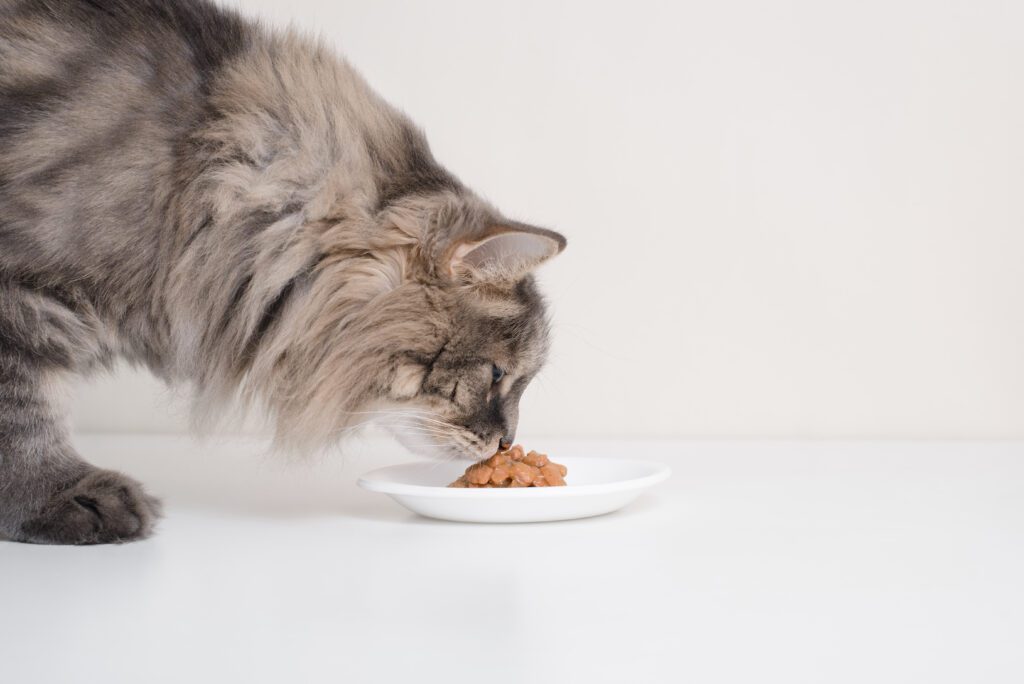
TOPICS COVERED
ToggleCaptivating in appearance with their long fur, stunning round emerald green eyes and soft temperament. It has landed Persian cats a place as one of the most popular cat breeds in most parts of the world. Nonetheless, their special characteristics imply that there are a few things all Persian cat owners should know regarding caring for them. You need to feed them with food that suits their nutritional requirements. This will ensure your Persian cat is healthy and full of energy.
Persian cat food Guide
Nutrition is a top priority when feeding Persian cats. Given below is the ideal diet for Persian cats that help them to get perfectly toned muscles, good energy and lustrous coats. Their unique long coats and short noses make it necessary to choose food with proper texture, moisture content and nutrient profile.
Why Do Persian Cats Have Special Food Need?
The unique anatomy of Persian cats, who have flat faces (or Brachycephalic skulls), also can make it harder for them to grasp and properly chew food than some breeds. They also come with a long, dense fur that requires optimum nutrition for a glossy, bouncy coat. They may be more likely to experience hairballs, dental diseases and obesity if they do not eat the right food.
What does a Persian Cat Eat?
Recommended Protein Intake for Persian Cats
A Persian cat diet is similar in nature to other cats and must consist of essential proteins which are the building blocks for any kitty. They are beneficial for muscle maintenance and high energy levels. The best sources include high-quality animal-based proteins like chicken, turkey and fish because they aid digestive processes for cats who are obligate carnivores.
Importance of Healthy Fats
Good fats especially those containing omega-3 and omega-6 fatty acids are crucial for Persian cats. It helps in maintaining normal brain function, supplies energy and contributes to a glossy coat. One of the highest quality, most absorb able sources for these essential fatty acids is fish oil from salmon or trout.
Fiber and Digestive Health
Fiber helps with digestion, which can help regulate the production of hairballs—especially for long-haired breeds such as a Persian cat. Valuable in the maintenance of digestive health and digestion, making sure to eat a varied diet with foods that contain fiber from natural sources such as pumpkin or beet pulp are especially used also.
What makes the best food for Persian cats from other brands? Lets look into its crucial ingredients.
Several Important Vitamins and Minerals
To keep your Persian cats healthy, they require numerous vitamins and minerals. Cats Food also contains vitamin A, taurine to support proper heart function and calcium for strong bones. Most balanced cat foods, from quality brands contain these in the right balance for your cats so there is no need for you to supplement.
Omega fatty acids are beneficial for the skin and coat
These fats help reduce the inflammation in the skin and add lusture to their coats making their fur all shiny.They also take care of overall skin health. Persian cats have long, thick fur which can also lead to dandruff or dryness if there is not enough of these fatty acids in their diet.
Health Issues of Persian Cats and Diet
Addressing Hairball Concerns
Hairballs, which are especially common among Persian cats with their long and thick coats, can lead to discomfort or digestive problems. Cats need the natural digestive benefits of a high fiber diet and will greatly benefit from hairball control diets which prevent your cats nurturing their future fur coat in their guts.
What Foods to Eat for Good Vision
While they have very distinct and beautiful expressive eyes, the Persian cat also has a reputation for excessive tearing. Ingredients like vitamin A and taurine promote eye health, while the protein within this formula gives your cat everything she needs to keep her eyes clear and bright.
Dry VS Wet Food- Which one is best for Persian Cats?
What Are The Advantages of Dry Food for Persian Cats
While dry food can be convenient and helps decrease plaque build-up on the teeth. There are many types of dry foods designed to have a texture that is simple for Persian cats to pick up and chew, which reflects on their specific jaw formation. Other diets are made with particular additives to help with hairball management as an example.
The Pros of Wet Food for Persian Cats
Wet cat food is good for hydration and cats tend to love the taste, which can be pretty important if you have a Persian who might be on the picky end of things. Additionally, the soft texture of wet food can be easier for them to chew and digest especially on account that Persian cats have a flat face.
Best Ingredients in Persian Cat Food
Quality Protein Sources
Choose a cat food that includes protein from real meat or fish as the first ingredient. Many Persian cats require a protein-rich diet to properly care for their muscle tone and energy.
Grain-Free vs Grain-Inclusive options
Although it is not necessary for all Persian cats, a grain-free diet may be good for Persian cat breeds with sensitive stomachs or those showing an allergy towards grains. Grain-free diets can also be lower in carbohydrates, keeping your pet at a healthy weight.
Ingredients to Avoid in Cat Food
Additives and Fillers
While Persian cats, like all other types of kitties too( we are a big animal family here), do amazing on foods that exclude fillers and artificial colors/preservatives. Corn, soy and wheat which are often used as fillers do not supply any benefits to cats.
Persian cats are Food Allergies Triggers
Persian Cats with Allergies Not all Persian cats are allergic to artificial additives or dairy. However, if your pet appears to be itchy and losing hair or having gastrointestinal problems you might want to try a limited-ingredient diet in order identify the ingredient causing the problem.
Best Cat Food Brands for Persian Cats
These brands have Voood for Persian cats like Royal Canin, Blue Buffalo and Hill’s Science Diet which are specially prepared to cater the unique needs. They offered superior protein quality, added nutrition and solutions for skin coat or dental health designed by their respective brands.
Budget-Friendly Food Options
If premium food is cost prohibitive, you can always consider more affordable options for balanced nutrition such as Purina ONE or IAMS that are ideal for Persian cats. While not as loaded with higher end ingredients, they’re still offering the good stuff: proteins, fats and fiber.
Diet Recommendations for Persian Cat Owners
This leads to Portion Control & Weight Management
Portions Not Controlled Persian cats typically eat so much that they easily get fat. Always measure food portions to the serving size based on package recommendations or your cat’s age, weight and activity level so you don’t overfeed.
Feeding Frequency and Routine
This helps make the Persian cats have a steady energy levels and also makes their digestion easier when they receive two to three small meals in day. Sticking with a set mealtime can ensure their metabolism is constantly ticking over, and that eating at regular intervals in general becomes common practice.
FAQ
Am I Allowed To Feed My Persian Cat Raw Food?
When it comes to raw food, Persian cats can eat — but must be balanced and safe for your cat. But raw food should not introduce without a consultation with the vet to avoid contamination of bacteria.
How often should I feed my Persian cat?
Adult Persian cats should be fed two to three meals daily. Kittens may need to eat more often.
Which human foods are harmful for my Persian Cat?
Avoid filler ingredients (especially corn and wheat), as well as any food or treat with artificial colors, flavors, preservatives.
Are human food treats OK for Persian cats?
Some human treats, such as cooked chicken and small pieces of fruit are safe but stay away from feline-toxic foods like chocolate, onions and grapes.
Any Better Grain-Free Food For Persian Cats?
The grain-free food might be helpful for those cats who have allergies or are suffering from the digestive problems but every Persian cat does not need it.
How do I know if my cat has food allergies?
Persian cats that suffer from food allergies may scratch and grooming themselves because they itch so much, lose their hair (due to over-grooming) or have GI issues. If you think food allergies may be playing a role, consult your vet.

